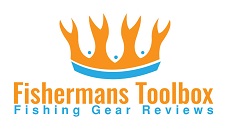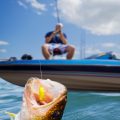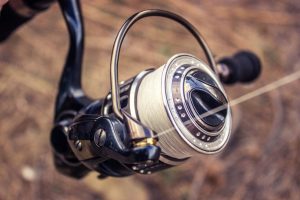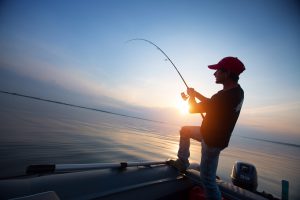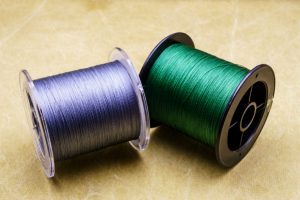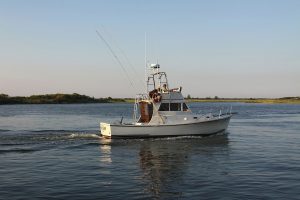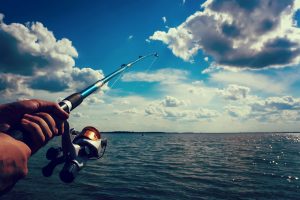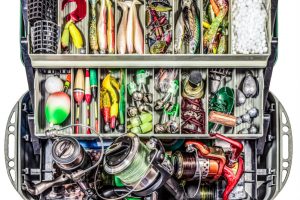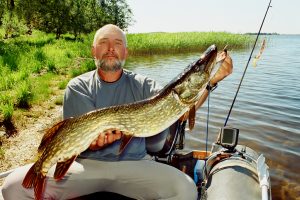The features of the fish finder you select are important facets that will contribute to the whole fishing experience. Regardless of your expertise and know how, whether you are a professional or a beginner, locating fish can be a tiring and wearisome experience.
It is a challenge alright, but for those who want to delve right into a satisfying angling session, you should seek the help of a functional fish finder. Those fish are down there in the water, but you won’t know where they are without a fish finder.
Now you can have the ability to spy on fish with this device. Selecting a fish finder with good features will give you the advantage of knowing the location of a lone fish or schools of it, the composition of the ground under the water, the depth of water, the thermoclines or the variety of water temperatures, structures and obstructions underwater, the temperature of the water’s surface and the location.
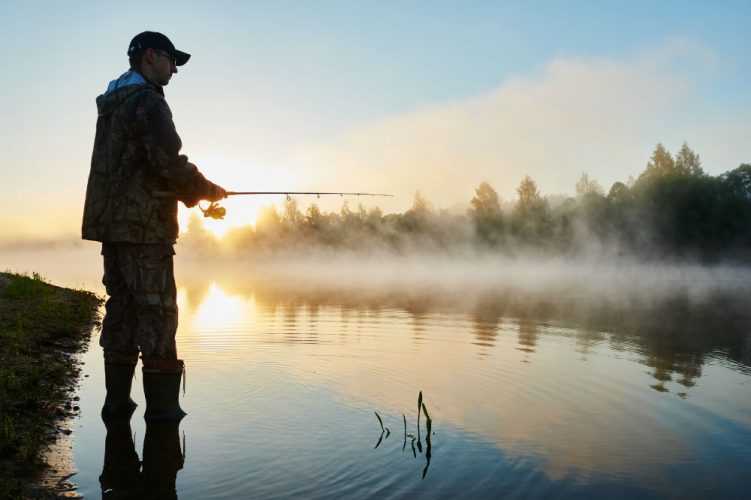
Once you’ve chosen the features you need, you will be able to find a fish finder to suit your budget. Here are the important features that you need to know.
Display screen
- Size of the screen:A model with a wider screen will provide you with a bigger viewing area which is always a good thing when it comes to such devices.
- Clarity:A number of pixels that model offers will greatly influence the clarity and sharpness of the display. For sharper, more accurate images, you need a model that offers plenty of pixels.
- Color or monochrome: If you do not mind spending a bit more, you can opt for a model with a color display.
- Symbols: It is always helpful if the model includes symbols for factors like number, fish and type.
- Backlit display:This feature allows better viewing in the dark.
- Audio or visual alarms: This is meant for water temperature changes and bottom fish or fishes
- Sensors for water temperature: This is meant for changes in the surface of the water and underwater.
Mounting
- Fixed mount:Portable devices are completely self-contained and they typically contain suction cup transducer hardware and a container/carrying case. Fixed mount models allow users to fasten the transducer to the boat’s transom. In case you are using a single-hulled fiberglass boat, you can install it to the inside bottom part of the boat. This is generally called the “shoot-through-the-hull” kind of mounting.
Single/dual frequency transponder
- Single:The single frequency transponder makes use of only 200KHZ and is mainly used in freshwater locations, inland lakes and locations under a depth of 200 feet.
- Dual:The dual frequency transponder has both 50KHZ and 200KHZ and is typically utilized for salt water locations and in very deep water locations. It is capable of penetrating dark and concentrated salt water and provides a better signal in water depths beyond 200 feet.
If you are planning on angling in both salt and freshwater locations or tackling both deep and shallow water fishing activities, you can opt to use a model with dual frequency. However, if you want to focus on target definition, a model with a higher frequency will be better.
Temperature gauge
The temperature of the water has a significant influence on the behavior of fish. Fish are cold-blooded animals and adapt to the water temperature around them.
Lakes typically have warm levels of water and cooler levels too. The spot where these levels or layers meet is called the thermocline.
The majority of times, bait fishes have a preference for spots beyond the thermoclines while bigger game fish favor being in or lower than the thermoclines. You can see this variance in thermoclines on the display screen of the fish finder. The higher the difference in temperature, the denser the thermoclines will show up on the display screen.
GPS
GPS or global positioning system features are needed based on the location where you intend to fish. If you like testing unfamiliar fishing locales, the GPS will prove to be an advantageous, helpful feature since it maps out your waypoints so you can always find your way home even in the dark or all over challenging islands and edifices.
GPS will also denote your choice fishing spots so you can go back to the same place a year later. For instance, you might angle in the same tournament each year and so can designate the better spots and not waste time and effort in other places.
No matter which fish finder you select, the device is a beneficial electronic gadget that will make your angling experience more fruitful, effective and satisfying.
